The nation is better off when it has an army of immigrant low-wage service workers to aid upper-income urban professionals, says Associated Press economics writer Paul Wiseman, who lives in the Washington D.C. area.
The imported servant-class can work for high-status Americans as domestic maids, personal care aides, food-service workers, home health aides, and as dry-cleaning workers, said Wiseman, who wrote:
Already, foreign-born workers — about 17 percent of the overall workforce — account for 52 percent of America’s maids, 47 percent of roofers and 40 percent of construction laborers and laundry and dry-cleaning workers.
Low-skilled immigrants harvest sweet potatoes and cucumbers in fields in North Carolina. They serve dementia patients in nursing homes. They vacuum offices. They are waiters, cooks and maids at President Donald Trump’s Mar-a-Lago resort in Florida.
More service-job growth is expected, he says:
…[emerging jobs include] an estimated 778,000 personal-care aides (median pay in 2016: $21,920), 580,000 food-service workers ($19,400), 431,000 home-health aides ($22,600).
The imported service-class can free up college-educated Americans for higher-status work, declares Wiseman, a graduate of Indiana University in Bloomington Ind. He writes:
Instead of competing with native-born workers, immigrants increasingly appear to complement them — and make them more productive. Patricia Cortes of Boston University and Jose Tessada of Chile’s Pontifical Catholic University have found that an increase in immigrant nannies and housekeepers from 1980 to 2000 drove down the price of household services and allowed American-born women to work longer hours on the job because they had less work to do at home.
Wiseman, however, is just another journalist who takes a one-sided investors’ view of immigration.
His article was slammed by the Federation of American Immigration Reform, which reported:
Immigrants, especially illegal aliens, benefit upper income Americans. They, and the owners of capital, get the benefits and the harms are spread out on the general population, especially concentrated in the low-skill sector … Even if low-skill immigration did make the economy better, on average, the benefits are to the owners of capital, both financial capital and human capital — basically the rich and educated. The costs are to those who own neither, and are without a voice.
Wiseman’s skewed reporting shows “there is too much political pressure to advance the cheap-labor agenda which has corrupted almost all Americans institutions,” said Dan Stein, president of FAIR, who was interviewed for 40 minutes by Wiseman for the article.
“I gave him an eloquent dissertation on why everything he claimed in the article is incorrect … speculative, and offensive,” said Stein, but “ideology and self-interest are powerful elixirs.”
Wiseman starts by suggesting Americans won’t work. But the data shows that Americans are willing to work those jobs — especially if the pay is good — despite the wage-lowering impact of immigration.
He ignores the financial and civic costs of imported workers, many of whom rely on state aid and federal support. Also, migrants need places to live, so raising property values in urban areas — including Washington, San Francisco, Montreal, London, and Paris — much to the cost of young people seeking to buy a house and start a family.
Wiseman does not address the issue of social equality, or how equality and political stability are maintained in an economy which is rigged for the benefit of upper-income graduates and wealthy investors. Studies show that investors lose when average wages rise:
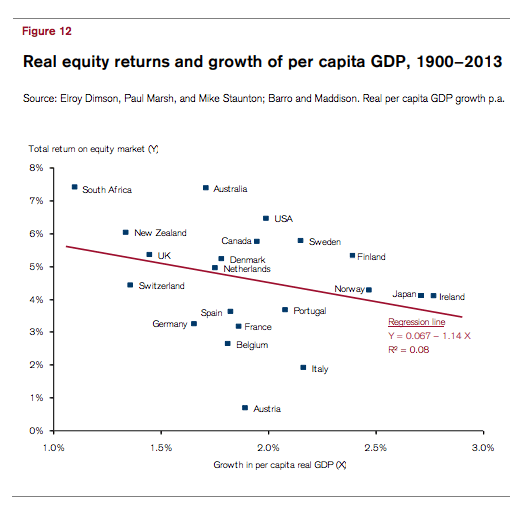 Wiseman also ignores the job-destroying growing impact of technology and trade on middle-skill and lower-skill jobs, such as the likely impact of robot trucks on the trucking industry, which will push many Americans out of their current jobs.
Wiseman also ignores the job-destroying growing impact of technology and trade on middle-skill and lower-skill jobs, such as the likely impact of robot trucks on the trucking industry, which will push many Americans out of their current jobs.
He also ignores the huge drop in the U.S. work participation rate which fell through the 1990s onwards as immigrant labor, declining wages, globalist outsourcing, and painful recessions damaged blue-collar Americans’ incomes, lowered their status and diminished their hopes.
https://twitter.com/Henry_Curr/status/959527766021505025?ref_src=twsrc%5Etfw&ref_url=http%3A%2F%2Fwww.breitbart.com%2F2018-elections%2F2018%2F02%2F13%2Fceos-congress-import-more-cheap-labor%2F
Wiseman ignores the reality that business groups are also pushing for massive increases in the current high rate of college-graduate immigration. If passed, the business push would likely slash the income of college graduates, leaving them unable to employ many of the imported service workers.
Wiseman highlights the claim that imported service-workers are needed because the law of supply and demand does not work in the labor market:
Michael Clemens, an economist and senior fellow at the Center for Global Development … counters that it’s unrealistic to assume that many employers would respond to reduced immigration by raising pay to attract native-born workers. They have other options: Some can replace workers with machines. Other employers would likely scale back or cancel plans to expand.
Clemens points to a paper he co-wrote last year that analyzed what happened in 1964 when the government reduced the number of seasonal Mexican farm workers entering the United States. Restricting the influx of Mexicans was supposed to create jobs for American farm workers and raise their wages. But the report found that farms instead either cut production or automated the work.
Clemens, however, tries to hide the reality that many farmers hired well-paid Americans to build and operate the “automated” agricultural machinery, and it ignores the fact that many other farmers hired many low-wage illegal workers instead of paying higher wages to Americans.
CEOs are now complaining that the law of supply and demand is forcing them to pay higher wages. In Chicago, for example, immigration-enforcement officials forced a bakery to fire roughly 800 illegals, prompting the bakery in 2017 to hire sidelined Americans at higher wages. The good news was admitted in a Chicago Sun-Times article:
Ed French, owner of Elgin-based Metro Staff Inc., says his company became the main provider of [replacement] workers for the bakery and that about 80 percent of them are black. According to French … wages [are] up by about 25 cents an hour, to just above minimum wage.
He says everyone hired through his company is permitted to work in the country and has passed a background check and drug test.
According to a former consultant to the bakery, MSI paid the black workers $14 an hour, versus the $10 an hour the Mexican workers were making through Labor Network.
Wages for American construction workers are rising in Texas:
Ted Wilson with Residential Strategies, Inc. has run the numbers.
“We’ve seen direct construction costs climb by over 30 percent,” Wilson said, “and a lot of that is directly attributed to what builders are having to pay their subs and trades in wages.”
The law of supply and demand is also driving up construction wages in California:
In San Francisco, a parcel in the city’s SoMa neighborhood lies vacant even though Eric Tao, CEO and managing principal of developer AGI, received city approval to build a 300-unit apartment building on the site in January 2017.
When he was underwriting the project, the economics worked. But Tao said construction costs have increased a whopping 50 percent in the past five years — which he attributes largely to the worker shortage driving up wages for skilled labor — and now he can’t turn enough of a profit on the SoMa building.
Overall, wages rose by 1 percent in 2017, after inflation, marking a notable improvement over prior years.
Before Donald Trump was elected on a promise of immigration reform, Wiseman was covering many of these economic factors. For example, he wrote in 2013:
The top 1 percent’s share of income bottomed out at 7.7 percent in 1973 and has risen steadily since the early 1980s, according to the analysis.
Economists point to several reasons for widening income inequality. In some industries, U.S. workers now compete with low-wage labor in China and other developing countries. Clerical and call-center jobs have been outsourced to countries such as India and the Philippines.
Increasingly, technology is replacing workers in performing routine tasks. And union power has dwindled. The percentage of American workers represented by unions has dropped from 23.3 percent in 1983 to 12.5 percent last year, according to the Labor Department.
The changes have reduced costs for many employers. That is one reason corporate profits hit a record this year as a share of U.S. economic output, even though economic growth is sluggish and unemployment remains at a high 7.2 percent.
Now that the voters have put Trump and immigration reform front-and-center, Wiseman has retreated to the old chestnut that a smaller population will lead to a smaller economy — without noticing that per-capita income and productivity are more important to ordinary Americans that the total size of the economy.
In contrast, investors and politicians gain when the economy expands by importing more consumers and taxpayers.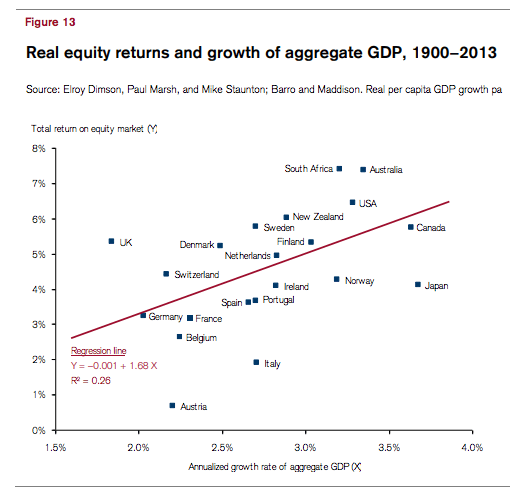
The article’s target is the merit-immigration bill drafted by Arkansas GOP Sen. Tom Cotton and Georgia GOP Sen. David Perdue., and backed by President Donald Trump. Their policy goal is to reduce the inflow of imported low-skill workers, so nudging up wages for Americans and also forcing employers to invest in labor-saving productivity-boosting technology.
Wiseman cites complaints by business groups that the resulting loss of imported consumers and cheap workers will reduce the overall size of the economy:
Yet the University of Pennsylvania’s Penn Wharton Budget Model, which analyzes public policy proposals, has concluded that the Cotton-Perdue bill would reduce economic growth and eliminate 1.3 million jobs by 2027 and 4.6 million by 2040.
But Breitbart News already showed the Penn Wharton Budget Model admits that the merit-immigration policy would raise Americans’ per-capita wages and also lower the number of sidelined Americans:
When pressed by Breitbart News, the group’s leader, economic professor Kent Smetters, admitted that Trump’s merit immigration plan will continue to raise Americans’ wages for the next 33 years:
“By 2027, wages increase a small amount (0.231%) relative to baseline; by 2040, wages increase by an even smaller amount (0.158%)” …
In a convoluted admission, Kent admitted the wage-increase caused by the reform plan would help remaining unemployed Americans find jobs, saying:
“These small [wage] changes just are not enough to boost the participation rate of remaining workers very much.”
An alliance of Democrats and business-first Republicans voted to block the Cotton-Perdue RAISE Act on February 15 amid emotional progressive advocacy for 680,000 ‘DACA’ illegal immigrants. For example, Democratic leader Rep. Nacy Pelosi claimed February 26 that the 680,000 DACA illegals are “the pride of our nation.”
The provisions in the Cotton/Perdue RAISE Act are deeply popular because it puts Americans’ wages ahead of corporate profits and illegals’ interests.
Immigration polls which ask people to pick a priority, or to decide which options are fair, show that voters in the polling booth put a high priority on helping their families and fellow nationals get decent jobs in a high-tech, high-immigration, low-wage economy. Those results are very different from the “Nation of Immigrants” polls which are funded by CEOs and progressives, and which pressure Americans to say they welcome migrants.
Four million Americans turn 18 each year and begin looking for good jobs in the free market.
But the federal government inflates the supply of new labor by annually accepting roughly 1.1 million new legal immigrants, by providing work-permits to roughly 3 million resident foreigners, and by doing little to block the employment of roughly 8 million illegal immigrants.
The Washington-imposed economic policy of economic growth via mass-immigration shifts wealth from young people towards older people, it floods the market with foreign labor, spikes profits and Wall Street values by cutting salaries for manual and skilled labor offered by blue-collar and white-collar employees. It also drives up real estate prices, widens wealth-gaps, reduces high-tech investment, increases state and local tax burdens, hurts kids’ schools and college education, pushes Americans away from high-tech careers, and sidelines at least 5 million marginalized Americans and their families, including many who are now struggling with opioid addictions.
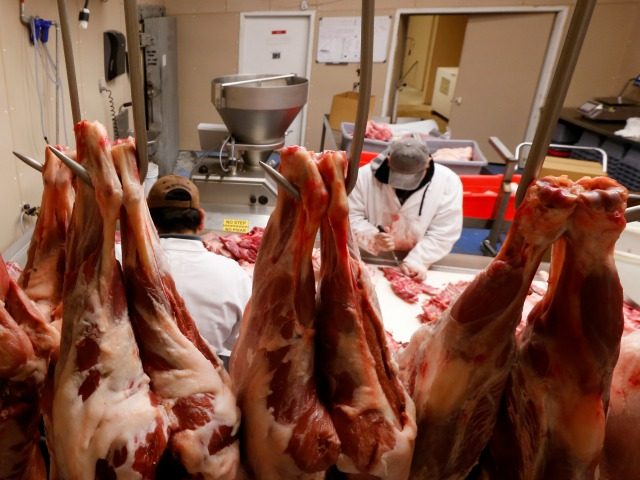
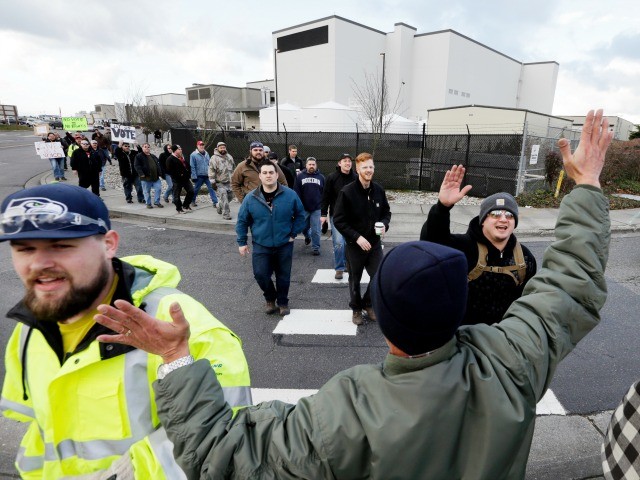
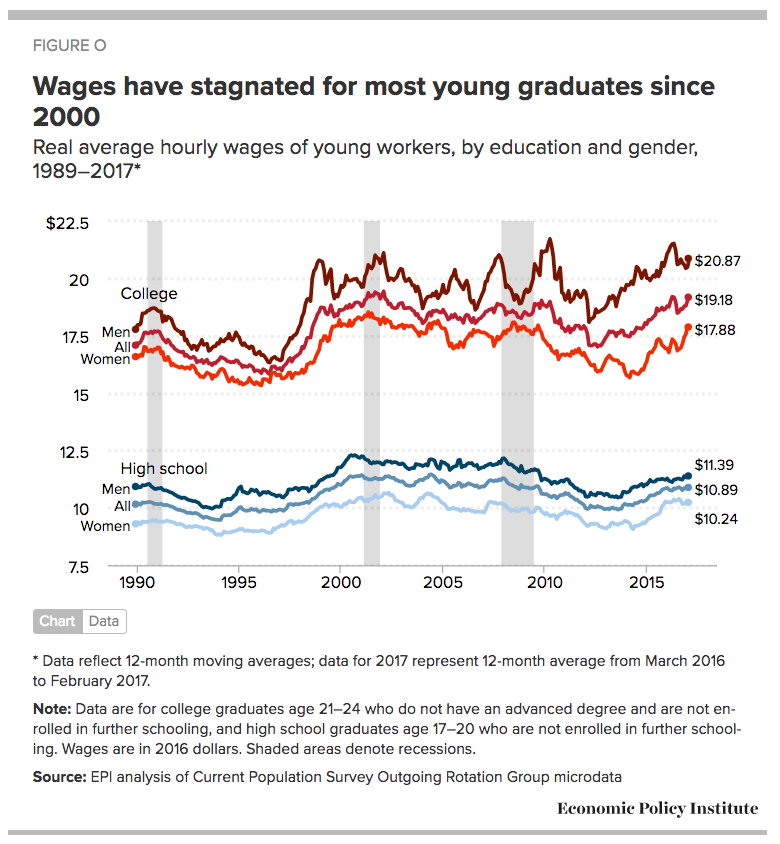
COMMENTS
Please let us know if you're having issues with commenting.